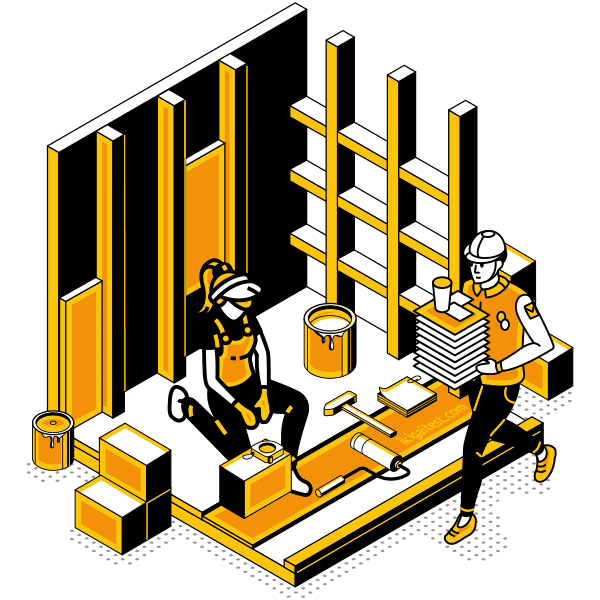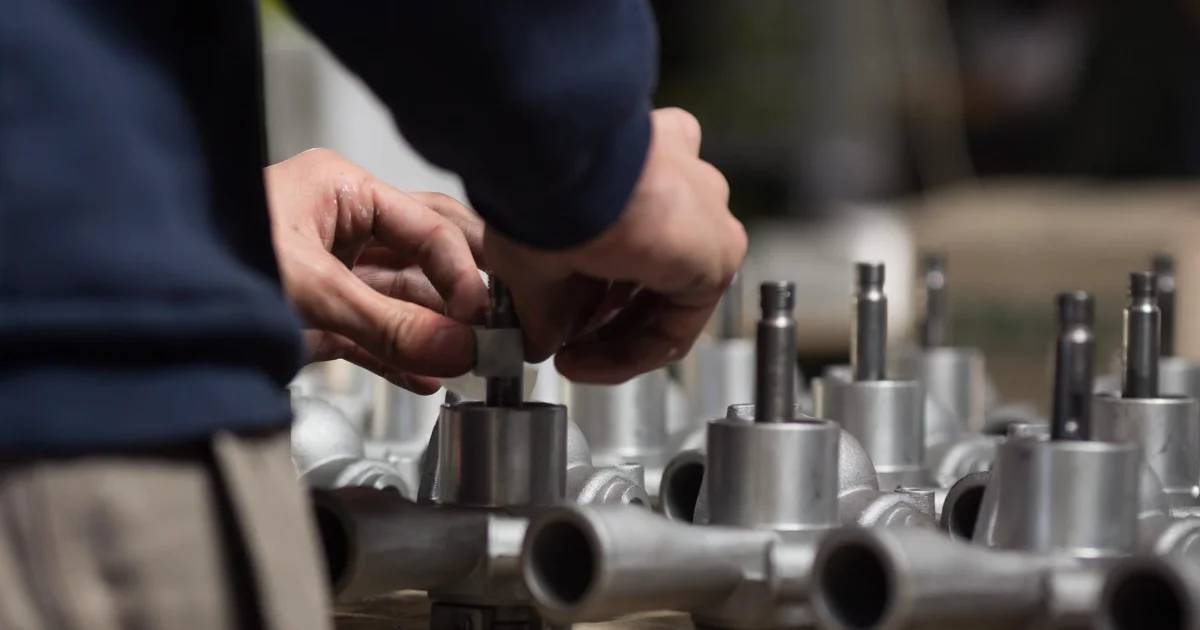Artisan

Great artisans are usually capable of:
- Using hands and arms in handling, installing, positioning, and moving materials.
- Performing precise and skillful manipulation of small objects.
- Being active and proactive in regards to physical activities that require considerable use of your arms and legs and moving your whole body, such as climbing, lifting, balancing, walking, stooping, and handling materials.
Operator

Operators are expected to be good at:
- Using either control mechanisms or direct physical activity to operate manufacturing systems.
- Working with hand operated industrial machines and power tools.
- Adjusting knobs, levers, and physical or touch sensitive buttons in industrial devices.
- Running, maneuvering, navigating, or driving vehicles or mechanized equipment, such as forklifts, passenger vehicles, aircraft, or watercraft.
Other work activities related to Layout workers, metal and plastic
- Placing and aligning fabricated parts to be welded or assembled.
- Planning and developing layouts from blueprints and templates, applying knowledge of trigonometry, design, effects of heat, and properties of metals.
- Laying out and fabricating metal structural parts such as plates, bulkheads, and frames.
- Marking curves, lines, holes, dimensions, and welding symbols onto workpieces, using scribes, soapstones, punches, and hand drills.
- Computing layout dimensions, and determining and marking reference points on metal stocks or workpieces for further processing, such as welding and assembly.
- Locating center lines and verifying template positions, using measuring instruments such as gauge blocks, height gauges, and dial indicators.
- Lifting and positioning workpieces in relation to surface plates, manually or with hoists, and using parallel blocks and angle plates.
- Planning locations and sequences of cutting, drilling, bending, rolling, punching, and welding operations, using compasses, protractors, dividers, and rules.







